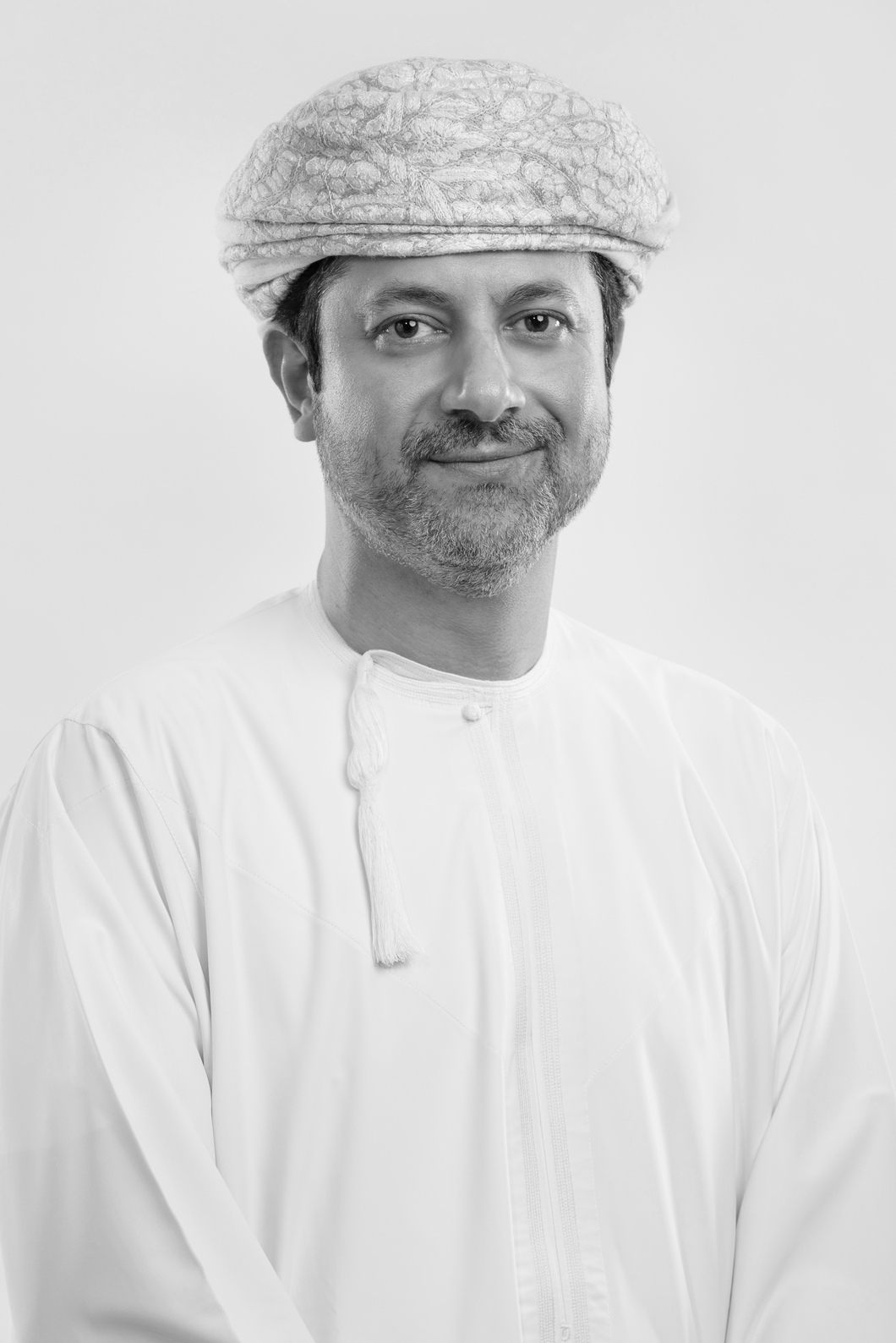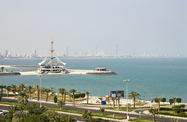 On privatisation, inward and outward investment, and the evolving Muscat Securities Market
On privatisation, inward and outward investment, and the evolving Muscat Securities Market
Given the new regulatory environment that has taken shape, how would you assess the current performance and progression of the Muscat Securities Market (MSM)?
SHEIKH KHALID AL KHALILI: Although it has been challenging to securitise companies on the MSM and attract more investors to the market, there are serious efforts from the Capital Markets Authority (CMA) to reverse this trend; for example, by establishing a new charter for companies enlisted on the MSM.
Recent regulations such as the new Bankruptcy Law and the new Foreign Investment Law will have a profound effect on performance, as it will make local and foreign investors more comfortable with the operating environment of the MSM, and add global and international standards to the workings of the market. However, the CMA must filter these new laws and adjustments so that both local and international investors understand them. If these laws are promoted correctly, the MSM will preserve a guaranteed, safe aquifer of wealth for the general public and international investors.
With the government pushing for the privatisation of many state companies, which sectors do you currently identify as those most suitable for greater private sector integration?
SHEIKH KHALID: There are specific sectors, such as education, health care, construction and telecoms, which have remained historically under the responsibility of the government. As Oman matures and joins the bracket of developed nations, it is time for these sectors to be opened up to private investment.
The government can follow the power and water generation format in this regard, where foreign and private capital can manage, fund and monetise existing infrastructure within each respective sector, while the government serves as the regulator and service provider for the public. Through initial public offerings and the privatisation of more government assets, the economy will be more energised, infrastructure will be more efficient and long-term costs for the government will be driven down.
What international markets currently offer the greatest potential for Omani investors, and how would you assess Oman’s private equity ecosystem?
SHEIKH KHALID: Countries that represent the greatest opportunity for local investors are often countries with direct and historical links with Oman. This includes countries in the GCC, the Indian sub-continent, East Africa and South-east Asia. Omanis are growth investors, and these countries are high-growth markets compared to more mature investment destinations in the US and Europe.
Omanis are interested in insurance, banking and financial assets, and there is a great deal of potential in the geographical areas listed above. Internally, however, Oman still lacks the culture of private equity, and there needs to be more seminars and activities to increase competition, allowing the private equity segment to thrive.
How would you characterise the role of special economic zones (SEZs) and industrial estates in terms of easing the process for foreign direct investment?
SHEIKH KHALID: SEZs should be as large as possible and run in a business-friendly matter, where capital and rights are protected. Results for the Public Establishment For Industrial Estates, or Madayn, have been quite positive, as they are satisfying the government’s wish of industrialising the economy and bringing in more foreign appetite through a real-estate-structured, compromised rental basis. This can also serve as another chance for the private sector to participate and attract more sophisticated industries.
Oman is working to develop industry, and should aim to better segregate heavy industry, warehousing and specialised industries into different areas, for example, as per the standards of developed countries. The Duqm SEZ is already embracing this; is very independent and active in attracting investment from abroad. The Duqm SEZ serves as a model for how SEZs should be run, with clear leadership and tailor-made investments for each customer.

 On privatisation, inward and outward investment, and the evolving Muscat Securities Market
On privatisation, inward and outward investment, and the evolving Muscat Securities Market